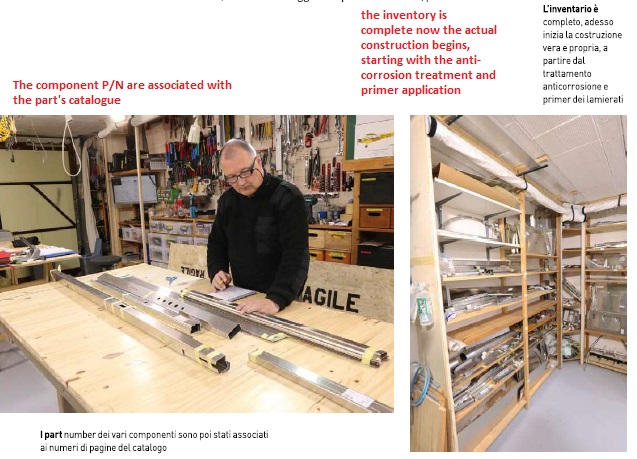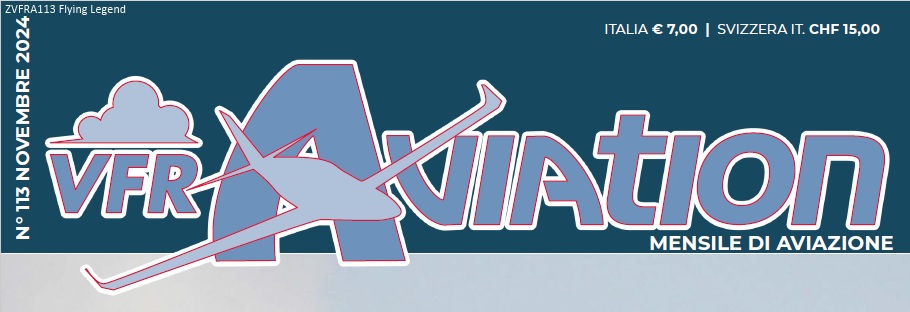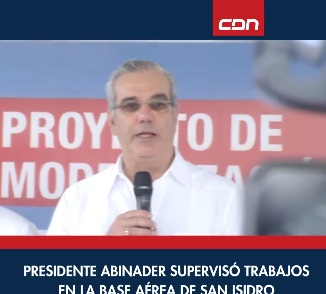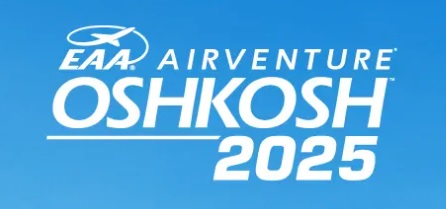As Diego, a friend who built a beautiful experimental aircraft, told me: “When the plane flies, a part of the dream goes away”…..
After building my Carbon Cub, which I continue to fly every week with pleasure, I also experienced that moment of melancholy looking at my empty garage-workshop. It was my wife who opened this “cage” saying: “If your garage stays empty, you get depressed”
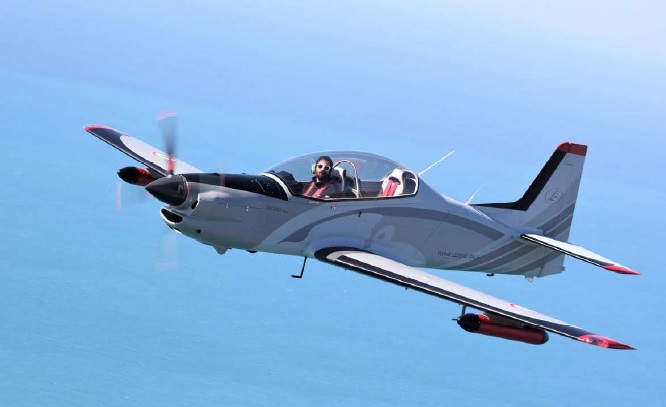
When choosing a project, there are objective and subjective arguments. In my case, the first criterion is totally subjective: I have to find the plane beautiful. The other much more practical criteria (budget, size, difficulty of construction) come later.
As for the first, well, I don’t know what you think, but I find the Tucano R aesthetically very successful! I really like the tandem arrangement, even if some passengers prefer side by side.
Here the rear seat is raised, which gives the passenger a better visibility forward, and his view laterally is also very clear. Its trapezoidal wing is very well designed and is very reminiscent of the Chipmunk, which I also love. In terms of size, it is slightly smaller than the Carbon Cub, so it fits in my garage. But unlike the Carbon Cub, I will try to find a intermediate workshop before going to an airport to do a first assembly.
The experience in Biella for the test flights was very good, but it remains quite far from my home. For the construction, it is all in aluminum. That’s exactly what I’m looking for, it is with aluminum that I feel most comfortable. The construction of the aluminum wings of the Carbon Cub was the most interesting part and that I appreciated the most.
The Tucano is built mostly with pop rivets, so it is quite easy. But I have to expect a much less mature kit than a CubCrafters that has already built thousands of kits. If I finish the Tucano, I will undoubtedly be the first to do it in the experimental category in Europe, and from this point of view it will undoubtedly be more difficult. I still had to visit the builder to convince myself…
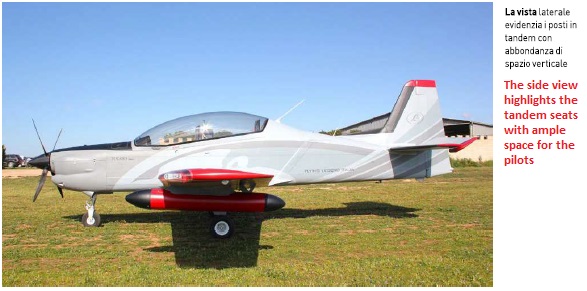
The Flying Legend
The manufacturer of the aircraft and the kits is Flying Legend Italy. It is in Sicily: nothing easier for me, there are three EasyJet flights a day between Malpensa and Catania or Comiso. So I land one morning at the small airport of Comiso, south of Catania.
And there, something happens that I have been dreaming of for years: a driver is waiting for me with a sign with my name written on it! A small black van and an hour’s drive through a typically Sicilian landscape, very arid, very hilly. I arrive in a small industrial area with a few buildings.
The welcome from Franco, the owner of the company, is very warm: “You’re just in time for the most important thing: lunch and wine!”. He knows how to talk to a Belgian from the south! He takes me to a charming restaurant where he is evidently very well known. The afternoon is dedicated to visiting the factory.
There are three large buildings:
one where the sheet metal is laser cut and the aluminum parts are CNC machined;
one where the carbon and fiberglass parts are built, and one for the final assembly of the planes.
The planes are completely finished and sold certified in the ULM category, which I don’t care about.
It’s an opportunity for me to see the Tucanos in various stages of construction and I take dozens of photos.
THE KITS
There are 4 types of kits based on the level of finishing. Basic kit: made up of pre-cut sheets and machined parts, everything else must be done. Advanced kit: some parts are formed and assembled such as the spars, ailerons, etc. “Quick build” kit: requires only about 200-300 hours of assembly. “Build assist program” kit: the favorite of the Americans. What interests me is to build it in the “experimental aircraft” certification category, so, in case of purchase, I will take the Basic Kit.
There are two of them in the finishing stage in the factory, so I was very eager to examine the fuselage structure to judge the level of finish and the quality of assembly.
And it was a great discovery. I expected a very light construction, but no! I discover a real solid and very well designed airplane, I immediately understood that it was exactly what I was looking for. The machined aluminum parts are all anodized. In front a Rotax 915iS 143 HP engine that I like the least…
I DECIDED, I’LL BUILD IT!
I ordered a basic Tucano-R kit. “Basic” means- that provide me with the raw material and hardware.
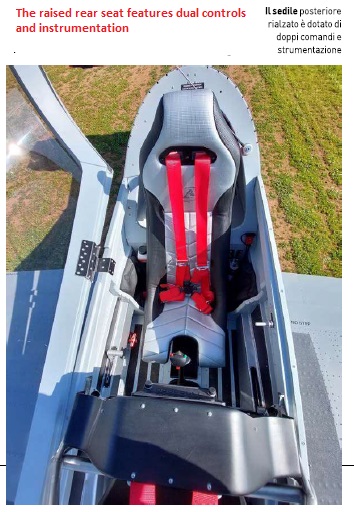
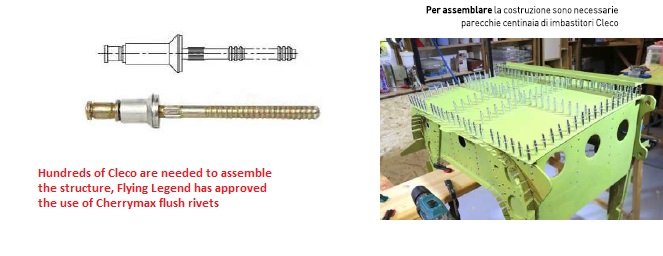
The ALCLAD sheets will arrive at home, pre-cut with a laser, and I will have to do all the treatments (anti-corrosion and painting), as well as assembly. The more delicate bends will be done in the factory, but I will still get a small bending machine. I estimate that the work will take 2-3 years, which is a year more than the Carbon Cub (CC). I have received reserved access to the plans and assembly instructions via the Internet. The philosophy is very different from that of the Carbon Cub, in the sense that they have “chewed” the work much less and the explanations are more summary. On the other hand, the plans seem better made and more readable than those of the CC, and I think this suits me better.
I went to Sicily for the second time to visit the ALCLAD sheet metal cutting factory for the Tucano-R near Catania.
This gave me the opportunity to examine the gauges (“jigs”) in detail, since I will have to build supports and gauges for the assembly in iron and wood. But nothing too complicated.
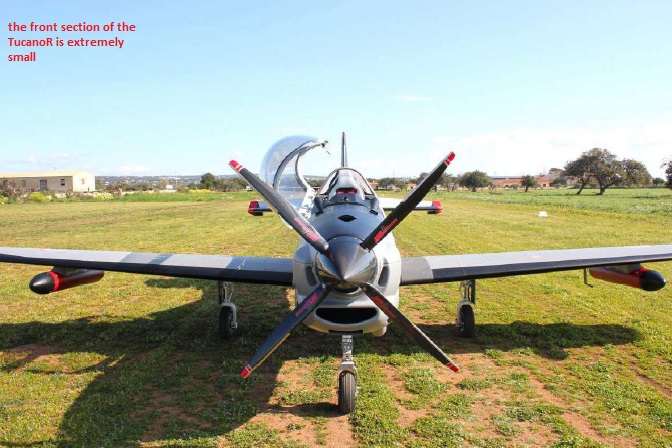
The assembly is verified with laser. I have everything I need. The assembly is done almost entirely with the classic “dome head” pop rivets, which does not satisfy me completely. I would like to use rivets flush “Cherrymax” type wire, I will therefore have a lot of additional work to make the countersinks for these flush rivets.
It is a small challenge, because hundreds of these countersinks will have to be made.
For this modification, I contacted the engineer in charge of Flying Legend who approved it.
As for the equipment, I already have more or less everything I need for sheet metal working: drill, cutter, shears, riveter, “stop drill”, everything I used for the CC remains valid.
But I will need many more Cleco basting pins, I estimate a few hundred of different calibers. I am thinking of getting a small “U” press to make the countersinks for the rivets that are exposed more than 30 cm from the edges, since the idea of doing them with a hammer does not excite me.
Finally, the phases before the arrival of the first parts: the work tables and the gauges, but above all the administrative practices: on this side no problem, my CAP inspector has been designated and will be the same as the Carbon Cub.
WHICH ENGINE?
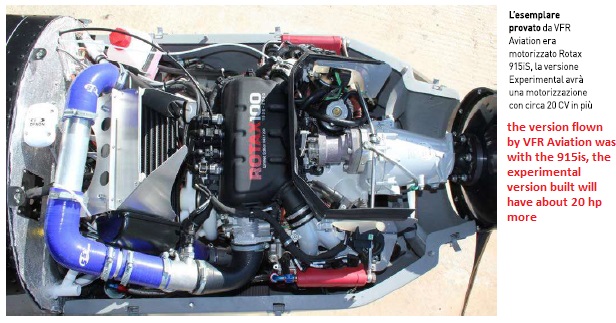
I have identified 3 possible engines:
– Austrian ROTAX 916iS, a powerful engine that has many advantages: it is a known and already well tested engine, excellent documentation, good reputation, very advanced (injection, ECU, turbo…).
Norwegian Edge Power EP917Ti: it has the
advantage of a power between 160 and 180 HP with new induction technologies and ECU. But it also has the disadvantage of being in all respects a modified and “pushed” Rotax (perhaps a little too much), with poor documentation and average reputation.
– EPA Power SA-E977T Italian: many advantages
including power (160 – 165 HP), state-of-the-art fully liquid-cooled engine, ultra-modern technologies to (ECU, dual injection, real-time data analysis) and- derived from F1, good reputation, especially in the field of light helicopters. The only disadvantage is that it is a small company, with less experience than Rotax.
I have not made a decision yet, although for me at the moment I prefer EPA Power. I have visited the factory twice, once accompanied by a friend who has a doctorate in electro-mechanics and specializes in thermal engines to get his opinion. He was favorable. But I am still hesitant, because it is a small company, even if it has been around for 50 years. In fact, they specialize in preparing racing engines, including F1.
But in aviation their experience is limited compared to Rotax.
What is reassuring is that they have a good experience in helicopter engines, where engines are more stressed than in fixed wings, I know, and they have a very good reputation in this sector. I have met several helicopter operators with these engines and everyone told me: “Don’t hesitate, they are good”. But I still have to decide.
DELIVERY AND INVENTORY
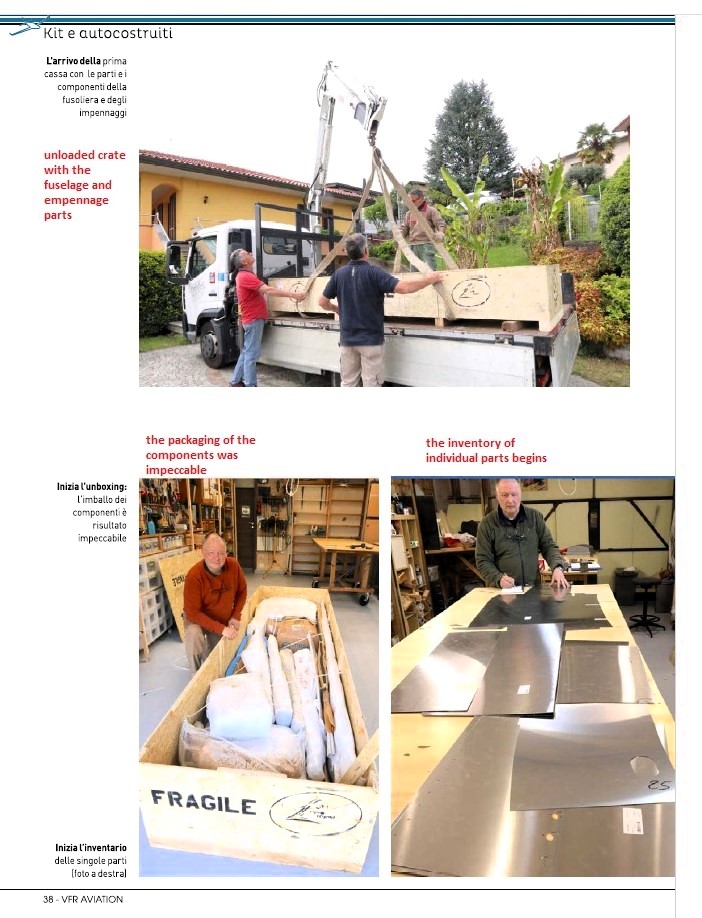
Delivery of the fuselage and tailplanes:
the packaging is well made and sturdy, and no part was damaged during transportation.
The parts are delivered in a large wooden crate and grouped into 21 boxes labeled from A to U. There is no inventory per box, so it is necessary
refer to the parts catalog; to solve this, I converted the parts catalog to an Excel file.
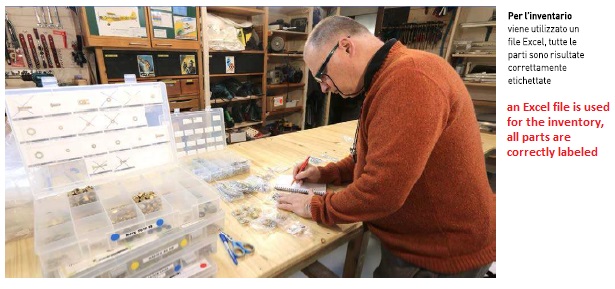
Labels: the part numbers are short and more convenient than traditional P/Ns. I appreciate the numbering logic, much simpler than the usual long P/Ns. The parts are correctly labeled. A few labels were missing, but this only occurred in duplicates, so there was no possibility of confusion. The figures in the parts catalog are too compressed, which makes them difficult to read even on a high definition screen, and impossible to read after printing.
I solved this by associating the P/N with the page number of the parts catalog.
Flying Legend, the company that produces and sells the kit, organizes its technical support
through a WhatsApp group that includes the General Manager, a structural engineer, an avionics engineer and a production manager.
This system is efficient and fast.
They have responded promptly to my requests regarding some missing parts and will provide me with additional inventories for subassemblies, to help me start the construction in the best conditions. They have also listened to my feedback regarding the parts catalogue and will take it into account. So they are very proactive. In the meantime I have already started the construction, but I will tell you about it in detail in the next issue of VFR Aviation.
